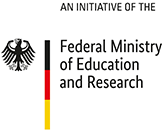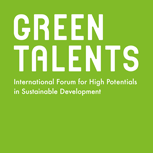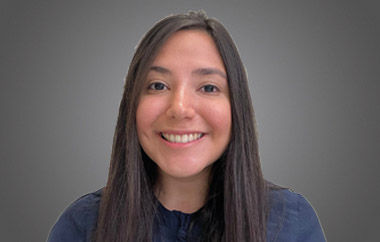PhD Student in Materials Science at University of Modena and Reggio Emilia, Italy
Research focus: microplastic pollution remediation
Microplastics, defined as plastic particles ≤ 5 mm in diameter, are present in the oceans and are highly likely to be ingested by animals, incorporated into their tissues, and accumulated through the food chain, including humans. Microplastics have an extremely high surface-to-volume ratio and hydrophobic surface properties. This makes microplastics capable of adsorbing pollutants from the environment onto their surface. These pollutants are then transferred to the marine organisms that are ingesting the particles.
There are two main sources of microplastics in aquatic environments: The first is plastic waste deposited in rivers, lakes, and oceans which breaks down into very small pieces over time. The second source is microplastics contained in cosmetic products and discharged into rivers and oceans through the urban wastewater system. Currently, microplastics are not yet completely removed in wastewater treatment plants due to their small size.
Maria is working on addressing this technological gap. Her approach is to use photocatalysts to degrade microplastics in wastewater and accelerate the removal process. The catalysts are to be stimulated by sunlight so that no additional energy is required. Her research consists of the synthesis and characterisation of novel photocatalysts based on titanium dioxide.
Maria has achieved first promising results at a laboratory scale with different types of microplastics and two different types of titanium dioxide photocatalysts. Having demonstrated that both materials can degrade microplastics under visible light irradiation in the laboratory, the next phase is to upscale this treatment to a pilot-scale photoreactor used for industrial applications of solar photocatalytic processes. This will be carried out in a 10-litre Compound Parabolic Collector photoreactor at the Solar Treatment of Water Unit facilities at Plataforma Solar de Almería, in Spain.
Photocatalysis is a promising, environmentally friendly, and affordable technology for removing contaminants, especially microplastics, from water. In this way, Maria’s work strongly contributes to the UN Sustainable Development Goal 6 (Clean Water and Sanitation). It also addresses Goal 12 (Responsible Consumption and Production) and Goal 14 (Life below Water).
The jury honours Maria’s important research on microplastics separation and degradation, as microplastics are a consequence of current global consumption and a central problem in the management of the world’s oceans. Her interdisciplinary approach and broad knowledge of ecosystems and technologies was considered to be particularly promising.
The research of Maria mainly contributes to the Sustainable Development Goals 6, 12, 14:
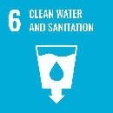
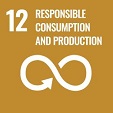
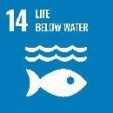
Take a look at this video that briefly introduces Maria and her research:
Take a look at Marias´s video "Why plastics do not biodegrade as food does?"
